As winter approaches, many gardeners are left wondering what they can do to improve their garden soil before the next growing season. Improving your soil over the winter is a great way to get a head start on your gardening plans for the spring! We will also provide some useful tips to help you get started. So don’t wait – read on for all the information you need to get your garden ready for spring!
Remove Dead Plants From Your Garden Soil
The first step is to remove any dead plants from the previous season. This will help improve air circulation and allow new growth in the spring. You can also add a layer of organic matter such as compost or manure to help improve drainage and add nutrients.
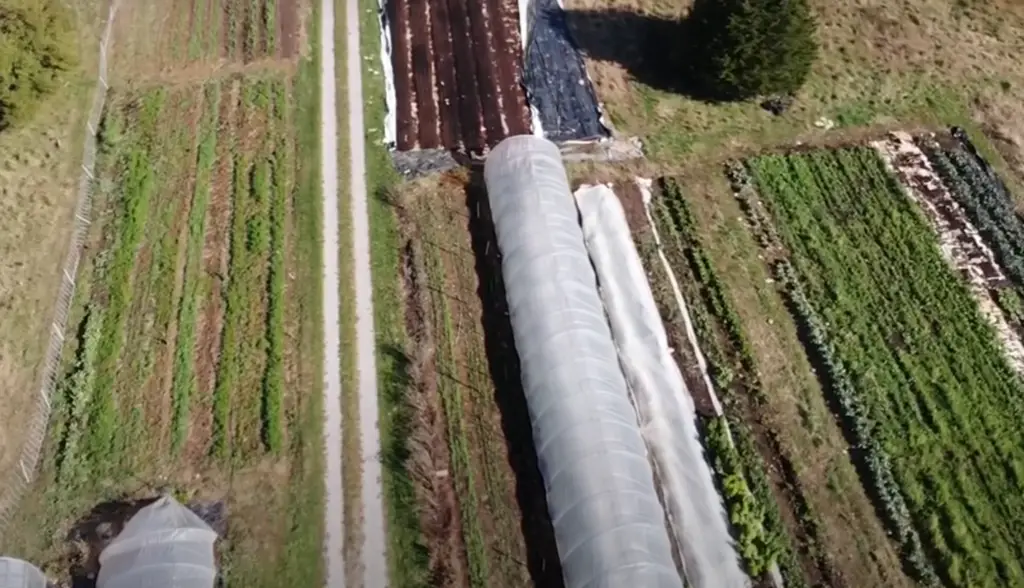
If you have heavy clay soil, you may want to consider adding gypsum to help break up the clay particles. This will make it easier for roots to penetrate the soil and access needed nutrients.
Another important step is to test the pH level. Most plants prefer slightly acidic soil with a pH between six and seven.
A simple soil test can help you determine the pH level of your soil and make adjustments as needed.
Once you have removed dead plants and amended the soil, it is important to water deeply. This will help encourage deep roots that can withstand drought conditions. Mulching with organic material such as straw or hay can also help conserve moisture and reduce weeds.
Plant Cover Crops To Improve Your Garden Soil
Planting cover crops is one of the greatest things you can do to improve your garden soil. Cover crops are grown for the purpose of improving the quality of the soil. Open the soil and expose it to sunlight for a few minutes. This will help to oxygenate and aerate it, as well as restore its vitality after a period of dormancy. Cover crops help to reduce erosion and protect the soil from compaction.
There are a number of different cover crops, but some of the most popular include:
- Clover: Clover is a nitrogen-fixing cover crop that helps to improve the fertility of your soil.
- Alfalfa: Alfalfa is another nitrogen-fixing cover crop that is also known for its deep roots. It helps to improve drainage and aeration while also preventing erosion.
- Buckwheat: Buckwheat is a fast-growing fall cover crop that may be planted in late summer or early fall.
Cover crops are also relatively easy to grow and can be planted in most gardens with ease.[1]
Winter wheat or winter rye
Common cover crops include winter wheat or winter rye. These plants help to prevent erosion, improve drainage, and add nutrients to the soil.
Oats
Planting oats is one of the most effective strategies to improve the soil in the winter. Oats will improve the drainage and organic matter in your soil. They also have a deep root system that can help break up compacted soils. To plant oats, simply broadcast them over your garden bed and rake them into the soil. You can then cover them with a thin layer of mulch to keep them from blowing away.
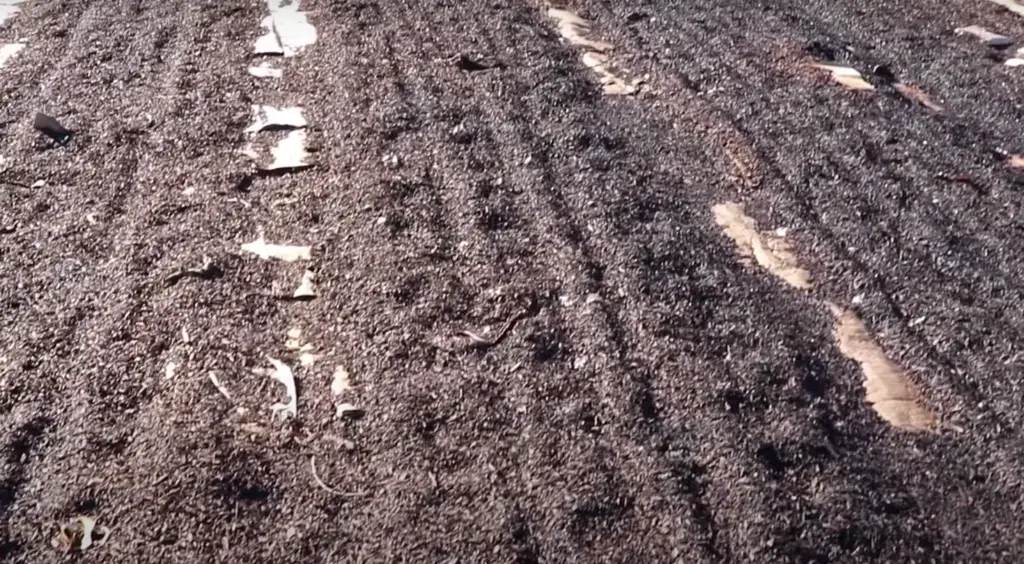
Oats are a great crop to plant in the fall because they will overwinter and be ready to harvest in the spring. They can also be used as a cover crop for areas that aren’t being utilized during the winter months. Be sure to mow down your oats before they start to flower in order to prevent them from going to seed. You can then turn them back into the soil to help improve its structure and fertility.
Radishes
Radishes are an excellent crop over the winter. They have a deep taproot that loosens and aerates the soil as they grow, and their leaves add organic matter to the soil when they decompose.
Radishes are easy to grow and don’t require much care. They can be planted in late summer or early fall and will germinate quickly in warm soils. Radishes should be harvested before they get too big, otherwise, they’ll be tough and woody. Radishes should be harvested when they are about two inches in diameter.
Here are a few tips on how to grow radishes:
- Radishes prefer loose, well-drained soil. If your soil is heavy or clay-like, consider amending it with compost or sand before planting.
- Radishes thrive in full light, although they can endure some shade.
- Sow seeds about ½ inch deep and space them about an inch apart. Thin seedlings to four inches apart when they’re about two inches tall.
- Water radishes regularly so that the soil stays moist but not soggy. Too much water will cause the roots to split.
- Harvest radishes when they’re two inches in diameter for the best flavor and texture. Pull up the entire plant, including the roots.
Triticale
Triticale (xTriticosecale Wittmack) is a hybrid grain crop created by crossing wheat (Triticum) and rye (Secale). The name triticale comes from the Latin for these two plants, Triticum and Secale. Triticale was first bred in laboratories during the late 19th century in Scotland and Germany but didn’t become commercially available until the 1930s. Today, it’s grown throughout Europe, North America, South America, Australia, and New Zealand. Triticale has many of the same properties as wheat; it’s used to make flour, bread, pasta, breakfast cereal, beer, animal feed, and more. However, because it’s a hybrid, it also has some of the characteristics of rye, including a higher protein content and greater tolerance to cold weather.
Triticale is a versatile crop that can be used in a variety of ways. When grown for grain, it can be used like wheat or rye. The flour can be used to make bread, pasta, breakfast cereal, and more. Triticale can also be used as an animal feed. It’s high protein content makes it an excellent choice for livestock feed. And because it’s tolerant to cold weather, triticale is often planted in areas where wheat won’t grow.
Whether you’re looking for a new grain to add to your diet or you’re trying to find a way to improve your garden soil, triticale is a versatile crop that can help.
Legumes
Legumes are plants that have nitrogen-fixing bacteria in their roots, which means they can help add nitrogen to the soil. Some common legumes include beans, peas, lentils, and alfalfa.
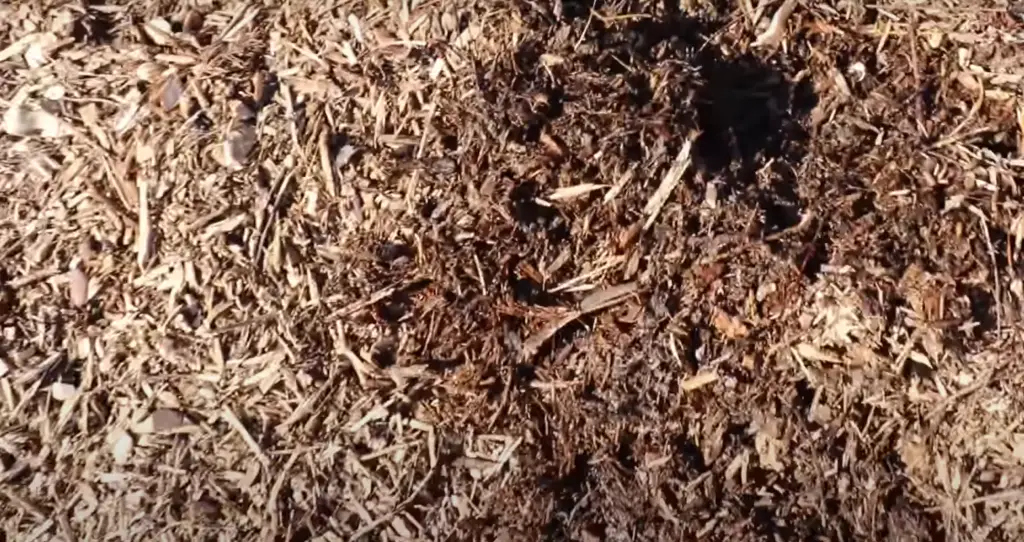
You can plant these crops in late summer or early fall, and they will help improve your soil’s quality come springtime.
Barley
If you’re looking for a winter mulch that will improve your garden soil, barley straw is a great option. This type of straw breaks down slowly, so it will help to improve the quality of your soil over time. It’s also relatively inexpensive and easy to find.
Barley straw is a good choice for covering large areas of garden beds. It’s important to choose a straw that’s free of herbicides and pesticides, as these can harm your plants. You can usually find this type of straw at farm supply stores or online.
Once you’ve spread the barley straw over your garden beds, water it well to help it break down more quickly. You’ll need to reapply it every few weeks to keep the soil covered.
As the barley straw breaks down, it will release nutrients into the soil that your plants can use. This process is known as “composting.” Composting is a great way to improve garden soil without using synthetic fertilizers.
Buckwheat
Buckwheat is a plant that grows quickly. You can use it to cover the ground or as a fertilizer. It adds organic matter to the soil and suppresses weeds. Buckwheat also improves drainage and aeration in heavy soils. Sow buckwheat in late summer or early fall, about two months before the first frost date. In warm regions, it can be sown in spring. Buckwheat grows best in full sun and well-drained soil. It tolerates light shade but does not do well in wet, heavy soils.
Test Your Garden Soil and Make Adjustments
Adjust Garden Soil pH
The first step to improving your garden soil is to test it. You can purchase a do-it-yourself kit or send a sample of your soil to a local cooperative extension service. Either way, you’ll need to know the pH level of the soil.
You can adjust the pH level of your garden soil by adding either lime (to raise the pH) or sulfur (to lower the pH). Add these changes in late fall or early winter, when the ground is still cold, and incorporate them into the top eight inches of soil. Be sure to follow directions carefully, because it’s easy to add too much and damage your plants.
Adjust Garden Soil Nutrient Levels
Another important aspect of garden soil is the nutrient content. The three main nutrients plants need are nitrogen, phosphorus, and potassium. You may examine your plants for signs of nutrient deficiency, or have your soil tested for nutrients. For example, yellow leaves may indicate a lack of nitrogen while brown or black leaves could be a sign of low phosphorus levels. Leggy plants with small fruit may need more potassium.
Soil amendments
One way to improve garden soil is to add amendments. Amendments are materials that you add to the soil to improve its quality. Some common amendments include compost, manure, and peat moss.
Compost is a great amendment for improving garden soil. It helps improve drainage and aeration while also adding nutrients and organic matter to the soil. Manure is another good amendment for improving garden soil. It adds nutrients and organic matter to the soil, which can help improve plant growth. Peat moss is a good amendment for improving drainage and aeration in garden soils. It can also help reduce compaction and improve water retention.
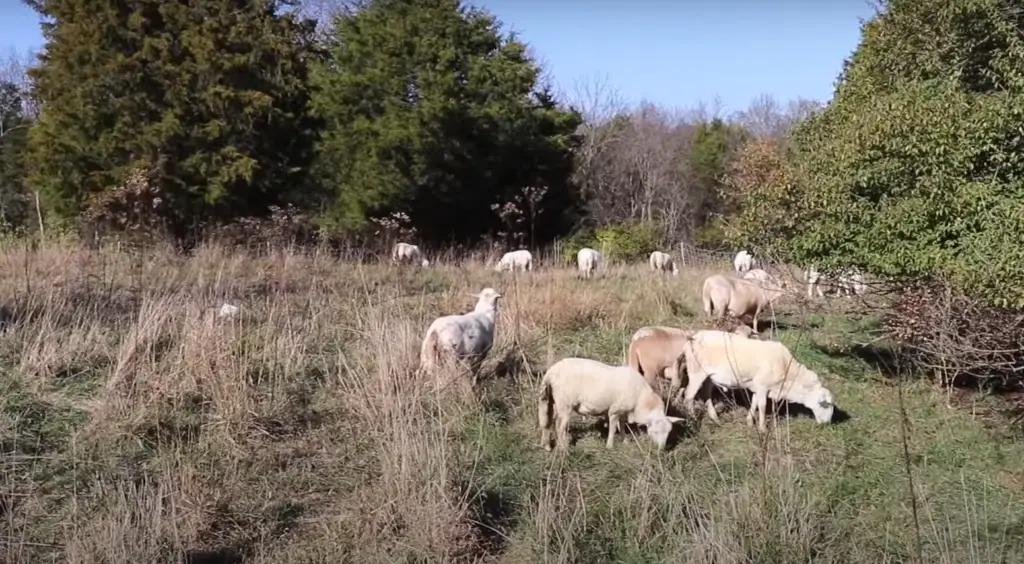
There are a few other things you can do to Amend Garden Soil over the winter months:
- Add Cover Crops: Cover crops are a fantastic method for adding organic matter to the soil while preventing weeds from growing. Cover crops also help reduce erosion and improve drainage. Be sure to plant them in late summer or early fall so they have time to establish themselves before winter sets in.
- Mulch: Adding a layer of mulch to your garden beds can help improve soil quality by adding nutrients and organic matter. It can also help reduce erosion and protect plant roots from the cold winter weather. Be sure to mulch your garden beds in late fall after the ground has frozen.
- Aerate: Aerating your garden soil helps improve drainage and aeration while also reducing compaction. You can aerate your soil with a hand tool or a power aerator. Be sure to aerate your soil in early spring before planting begins.
There are some species for help improve garden soil. Some of these include:
Wood ash
Wood ash is a good source of potassium and other essential nutrients. Be sure to use it sparingly, as too much wood ash can make soil too alkaline for plants.
Ground eggshells or oyster shells
Eggshells and oyster shells are a good source of calcium. They can also help improve drainage and aeration in garden soils. Be sure to grind them up into a powder before adding them to the soil.
Bone meal
Bone meal is a good source of phosphorus and other essential nutrients. It may enhance drainage and aeration in garden soils.
Blood meal
Blood meal is a good source of nitrogen and other essential nutrients.
Epsom salt
Epsom salt is a good source of magnesium and sulfate.
Dolomite lime
Dolomite lime is a good source of calcium and magnesium.
Mix Compost Into Your Soil
Compost will assist in the aeration and drainage and water retention in your soil. It will also add important nutrients that your plants need to thrive. You can make your own compost, or you can buy it from a garden center or nursery.
To add compost to your soil, simply turn over the top layer of soil in your garden bed and mix in a few inches of compost. Then, replant your plants and water them well. You should do this once every year or two to keep your soil healthy.
Put Mulch Over Your Soil
Mulching is one of the most important things you can do for your garden, and it’s especially important in winter.
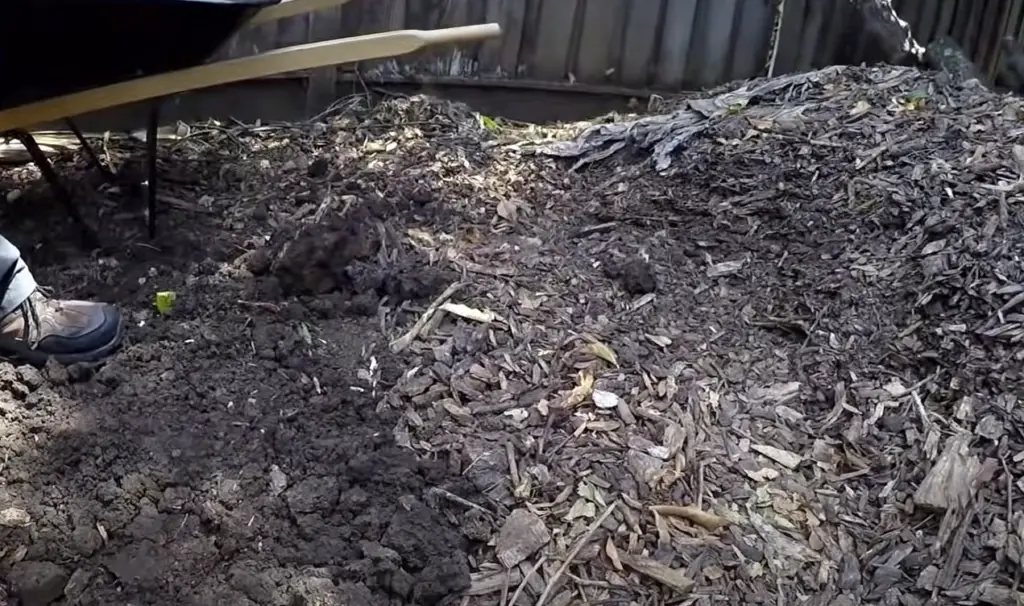
Mulch helps protect your plants from the cold weather, keeps the ground moist, and helps prevent weeds from growing. You can use any type of mulch, but straw or leaves are a good option.
Avoid Walking on Soil To Prevent Compaction
One of the best ways to improve garden soil over the winter is by avoiding compaction. Compacted soil can lead to a number of problems, including decreased drainage, poor aeration, and reduced root growth. One way to prevent compacted soil is by avoiding walking on it when it’s wet.
Another way to avoid compaction is by using raised beds or containers for your plants. This will help keep your plants healthy and allow them to better thrive.
Lastly, if you have compacted soils, you can try aerating them with a garden fork or other tool. This helps to improve drainage and aeration, and will also help to loosen up the soil so that roots can more easily grow. [2]
Don’t waste fallen leaves
They’re a pain to rake up, we know. But those dead leaves are actually packed with nutrients that your garden soil will love come springtime. You can either compost them or simply lay them around your plants as a natural mulch.
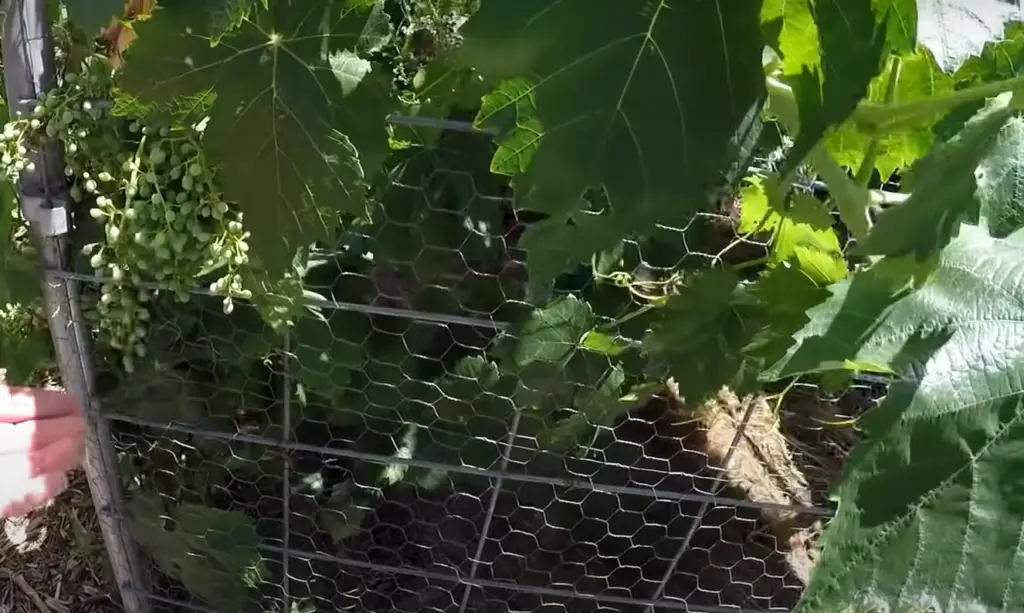
Another way to use fallen leaves is to make leaf mold. Leaf mold is basically decomposed leaves, and it makes an excellent addition to soil. It’s easy to make too – just gather up some leaves, wet them down, and then put them in a bin or bag. Store the bin or bag in a shady spot outdoors, and over the course of a year or so, the leaves will break down into leaf mold.
Table: Comparison of Methods to Improve Garden Soil Over the Winter
During winter, garden soil can become compacted and depleted of nutrients, which can hinder plant growth in the following spring. Several methods can be employed to improve garden soil over the winter season. Below is a comparison of different indicators for each method:
| Method | Cost | Effort | Nutrient Retention | Soil Structure | Weed Suppression |
|---|---|---|---|---|---|
| 1. Mulching | Low | Low | High | Improved | Effective |
| 2. Cover Crops | Medium | Moderate | High | Improved | Excellent |
| 3. Compost Application | Low | Low | Medium | Improved | Good |
| 4. Vermicomposting | Medium | Low | High | Improved | Moderate |
| 5. No-Till Gardening | Low | High | Medium | Improved | Excellent |
Explanation of the Table:
- Method: Lists the various methods used to improve garden soil over the winter.
- Cost: Indicates the approximate cost of implementing each method. The values range from low to medium.
- Effort: Represents the level of effort required to apply the method. The values range from low to high.
- Nutrient Retention: Refers to the ability of each method to retain and enhance soil nutrients. The values range from low to high, with high indicating better nutrient retention.
- Soil Structure: Describes the impact of each method on soil structure. All methods are expected to result in improved soil structure.
- Weed Suppression: Rates the effectiveness of each method in suppressing weed growth. The values range from moderate to excellent, with excellent indicating superior weed suppression.
Choosing the most suitable method depends on your budget, time availability, and specific garden needs. By improving your garden soil over the winter, you can ensure healthier plants and a more productive garden in the coming seasons.
FAQ
What do I put in my soil in the winter?
There are a few things you can do for improving garden soil over the winter months. One is to add compost or manure. This will help to improve drainage and aeration while also adding nutrients that will benefit plants come springtime. Another is to test the pH level of your soil and amend it accordingly. This is important because plants have different needs when it comes to soil acidity levels. Lastly, make sure you are watering your plants regularly and deeply throughout the winter months. This will help prevent them from drying out and dying come springtime. [3]
How do I revitalize my garden soil?
While your garden may look like it’s taking a much-needed break during the winter, there are actually a lot of things going on beneath the surface. Just like our skin cells regenerate while we sleep, so too does the soil in our gardens. Winter is an important time for revitalizing garden soils, and there are a few key things you can do to give your soil a boost.
One of the best ways to improve soil is to add organic matter. This can be done by adding compost, manure, or even leaves from around your property. It will also provide essential nutrients that will help your plants thrive come springtime.
Another great way is to till it regularly. This will help to break up any compaction that has occurred over the winter months and allow oxygen and water to penetrate the soil more easily.
Finally, make sure to add a layer of mulch to your garden beds before the winter sets in. This will help protect the roots of your plants from the cold weather and prevent them from drying out. [4]
How can I improve my garden soil in winter in the UK?
There are a few things you can do. Adding compost or manure helps to improve the structure of the soil, as well as provide nutrients.
Another way is by adding lime. This will raise the pH of the soil, making it more alkaline. This is often necessary for areas where the soil is naturally acidic.
You can also top dress your lawn with sand during winter.
Finally, one last way is by covering it with a layer of mulch. This will help to protect the soil from erosion and keep it cooler in summer. Just be sure to choose a mulch that’s appropriate for your climate and plants.[5]
What did you add to garden soil last year?
This is an important question to ask yourself when trying to improve your garden soil over the winter. By adding the right amendments, you can help improve drainage, increase fertility, and encourage beneficial microbial activity. Some common amendments include:
- Organic matter: This can be in the form of compost, manure, leaves, or grass clippings. Adding organic matter helps improve drainage and aeration while also increasing fertility.
- Sand: If your garden soil is too dense, you can add sand to help improve drainage. Just be sure not to add too much or it will make it difficult for roots to penetrate the soil.
- Grit: Grit or small rocks can help improve drainage in very sandy soils.
pH adjusters: If your soil is too alkaline or acidic, you can add sulfur or lime to adjust the pH. This is especially important if you’re growing plants that have specific pH requirements. [6]
Once you’ve added amendments to your garden soil, it’s important to till or spade them into a depth of six to eight inches. This will help ensure that they’re evenly distributed and properly incorporated into the soil. After tilling, water the area well so that the amendments have a chance to start working their magic.
What are some natural ways to enrich garden soil over the winter?
One of the best natural ways to enrich garden soil over the winter is by using compost. Composting kitchen scraps, leaves, and yard waste during fall allows the compost to break down and improve soil quality during the winter months.
Is it necessary to cover the garden soil during the winter to protect it?
Yes, covering the garden soil during the winter is beneficial. Using a layer of mulch or cover crops helps protect the soil from erosion, nutrient leaching, and extreme temperature fluctuations, leading to healthier soil come spring.
Can I use coffee grounds to amend the garden soil in winter?
Yes, coffee grounds can be a great amendment for garden soil during winter. They add organic matter and nutrients, and their texture helps improve soil structure, aeration, and water retention.
What cover crops are best for improving garden soil over the winter?
Cover crops like winter rye, crimson clover, and hairy vetch are excellent choices for improving garden soil over the winter. They fix nitrogen, prevent weed growth, and add organic matter when tilled into the soil in spring.
Should I test my garden soil before making improvements in winter?
Testing your garden soil before winter improvements is a good idea. A soil test can identify nutrient deficiencies and pH imbalances, helping you choose the right amendments and ensuring the best results.
Can I use eggshells to amend the soil during winter?
Yes, eggshells can be used to amend the soil during winter. They are a great source of calcium, which is essential for plant growth, and they also help to improve soil drainage.
What is the role of organic matter in improving garden soil over winter?
Organic matter plays a crucial role in improving garden soil over winter. It enhances soil structure, promotes microbial activity, increases nutrient retention, and fosters a healthier environment for plant roots.
How often should I water the garden soil during winter?
During winter, the frequency of watering depends on the weather and soil conditions. It’s essential to monitor the soil’s moisture level and water only when necessary, as excessive water can lead to waterlogging and other issues.
Can I use wood ash to amend garden soil in winter?
Yes, you can use wood ash in moderation to amend garden soil during winter. Wood ash contains potassium and some trace minerals, but its alkaline nature means you should be cautious if your soil is already alkaline or if you’re growing acid-loving plants.
What should I avoid adding to my garden soil during the winter months?
Avoid adding large amounts of fresh manure to the garden soil during winter. Fresh manure can leach nutrients and may contain pathogens that won’t break down in the cold temperatures. It’s better to compost manure first before using it as a soil amendment.
Useful Video: Improving Your Soil Over Winter
Conclusion
Improving your garden soil is an important part of keeping your plants healthy and happy. By following the tips in this guide, you can easily improve your garden soil over the winter months. You’ll be glad you did when spring arrives and your plants are thriving! Thanks for reading.
References:
- https://www.growveg.com/guides/5-ways-to-build-soil-in-winter/
- https://greenupside.com/how-to-improve-garden-soil-over-the-winter/
- https://www.familyhandyman.com/article/how-to-improve-garden-soil-in-winter/
- https://growagoodlife.com/improve-garden-soil/
- https://www.soilassociation.org/causes-campaigns/save-our-soil/5-ways-to-protect-soil-in-the-winter/
- https://www.thespruce.com/making-good-soil-out-of-bad-1402428





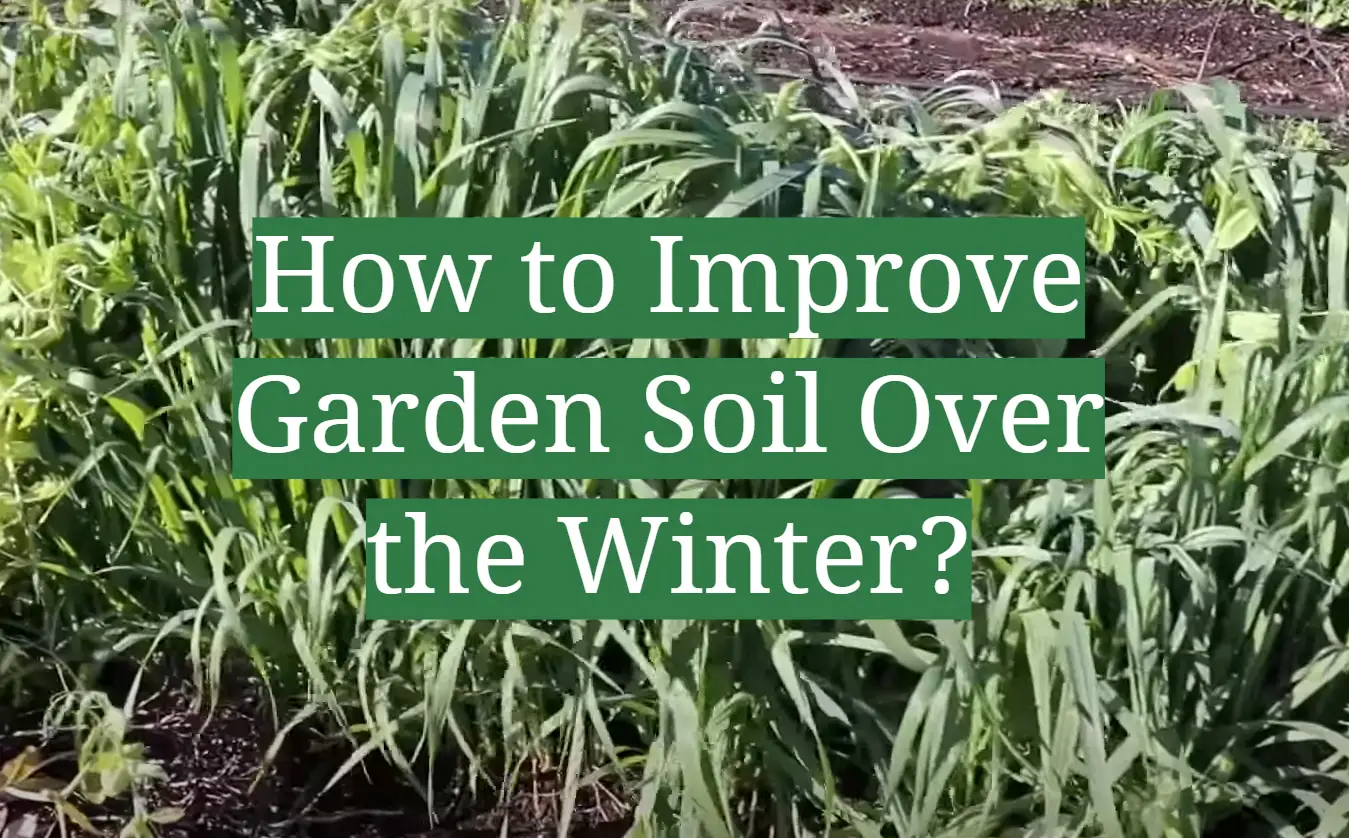



Leave a Reply
View Comments